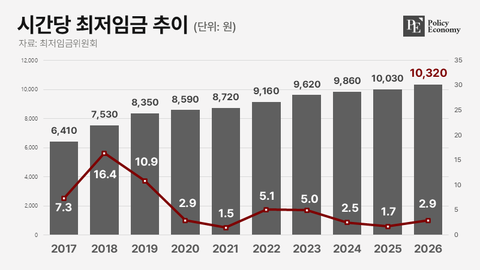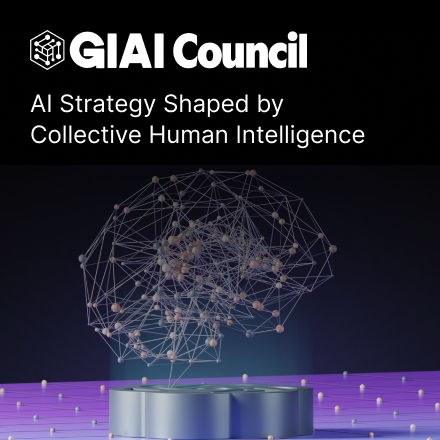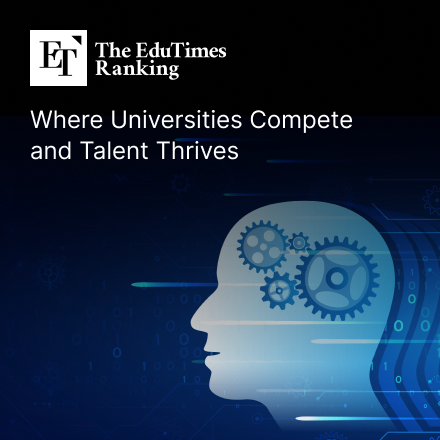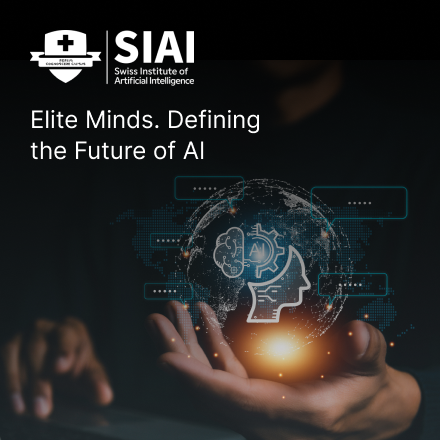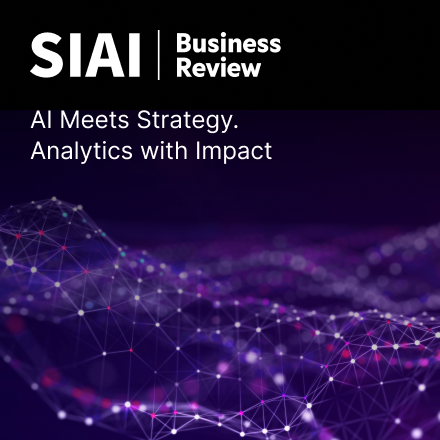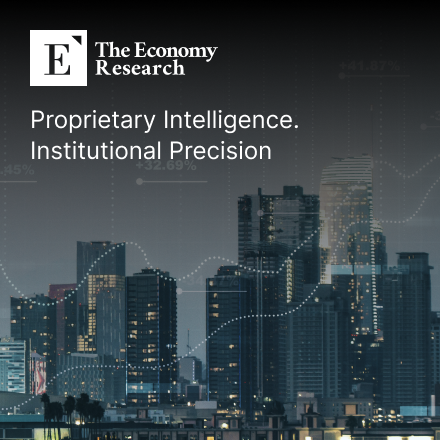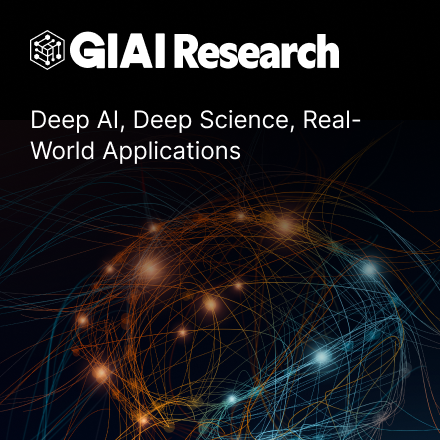[동아시아포럼] 칠레 리튬 노리는 한국, 이익 보려면 먼저 내줄 게 더 많다
입력
수정
칠레, 세계 최대 수준 리튬 매장량 보유
‘전기차 강국’ 노리는 한국, 리튬 안정적 확보 위해 칠레와 파트너십 추진
파트너십 효과 보기 위해선 수입국-수출국 관계 떠난 전략적 접근 필요
[동아시아포럼] 섹션은 EAST ASIA FORUM에서 전하는 동아시아 정책 동향을 담았습니다. EAST ASIA FORUM은 오스트레일리아 국립대학교(Australia National University) 크로퍼드 공공정책대학(Crawford School of Public Policy) 산하의 공공정책과 관련된 정치, 경제, 비즈니스, 법률, 안보, 국제관계에 대한 연구·분석 플랫폼입니다. 저희 폴리시 이코노미(Policy Economy)와 영어 원문 공개 조건으로 콘텐츠 제휴가 진행 중입니다.
한국이 칠레와의 ‘리튬 파트너십’에 박차를 가하고 있다. 한국은 전기차 배터리의 핵심 부품인 리튬을 안정적으로 확보하기 위해 세계적인 리튬 매장량을 자랑하는 칠레와 손을 잡으려 한다. 이를 통해 칠레는 한국 자본과 기술의 혜택을 볼 수 있고, 한국은 글로벌 가치사슬(global value chain, GVC)에서 우위를 점할 수 있다. 그러나 이 파트너십이 제대로 효과를 내려면 한국이 적극적으로 칠레의 산업 발전을 도와야 하는 상황이다.

칠레 정부 “국민에 이익 될 때만 리튬 내줄 것”
칠레는 ‘리튬 삼각지대’로 불리는 중남미 3개국 중 하나로, 세계 최대 리튬 산지가 모여 있는 아타카마 사막을 보유하고 있다. 칠레 정부는 리튬을 국가적 자산으로 선언하고 수십 년 전 일찍이 ‘칠레 국민들에게 이익이 되는 경우에만 자국 내 리튬에 대한 외부인의 접근을 허용하겠다’는 뜻을 밝혔다.
표면적으로 한국과 칠레의 파트너십은 이상적인 듯하다. 칠레는 한국의 자본을 얻을 수 있고, 전 세계 전기차 배터리 생산의 20%를 차지하는 한국 기업들은 필수 광물인 리튬을 안정적으로 확보할 수 있다. 다만 한국은 단순히 칠레의 리튬 수입국을 자처하기보단 보다 포괄적인 접근을 시도할 필요가 있다. 리튬을 둘러싼 글로벌 가치사슬에서 칠레의 입지를 높이는 데 도움을 주는 한편 글로벌 에너지 전환의 파트너로 칠레를 대우해 주는 게 포괄적 접근의 예다.
양측은 지난 5월 논의에서 칠레산 리튬의 한국 수출을 강화하는 방안을 집중적으로 다뤘다. 당시 파트너십에 속도를 붙인 건 칠레의 한국 친환경 기술력에 대한 높은 관심이다. 앞서 칠레는 지난해 국가 리튬 전략을 발표했는데 해당 전략은 △자본 △기술 △지속가능성 △부가가치 창출 등 4개 목표에 기반해 칠레의 경제 발전을 가속화하는 한편 경제를 글로벌 트렌드인 친환경 에너지와 연계하는 방안을 담고 있다. 이와 더불어 리튬 자원에 대한 칠레 정부의 통제를 강화하는 것도 목표로 한다.
가브리엘 보리치(Gabriel Boric) 칠레 대통령은 리튬 산업의 해외 파트너십이 칠레 국민들에게 혜택을 주는 방향으로 이어지는 데 집중하고 있다. 이런 와중에도 보리치 대통령은 리튬을 잔뜩 끌어안고 있는 칠레가 전 세계의 에너지 전환 트렌드에 핵심 역할을 할 것이라고 주장한다. 에너지 전환 트렌드에 올라타 자국의 위상을 강화하려는 바람과 자원 민족주의 사이에서 균형을 잡는 모습이다. 한국이 이 같은 상황을 읽고 파트너십 전략을 섬세하게 조정해야 하는 이유도 여기에 있다.
물론 리튬 생산국인 칠레와 리튬이 필요한 기술 제품을 만드는 한국 사이엔 어느 정도의 상호보완성이 있다. 그러나 칠레는 단순히 선진국 경제의 자원 부속품이 되길 원치 않을 것이다. 나아가 리튬 생산의 기술적 측면을 더 깊게 다루는 파트너십을 선호할 가능성이 높다. 이를 통해 단순히 원자재 수출국에서 벗어나 새로운 가치를 창출할 수 있기 때문이다.
한국, 칠레에 친환경 리튬 추출 기술 전수 등으로 '상생' 활로
이런 가운데 한국 기업들은 칠레의 친환경적 리튬 추출 및 가공을 도울 수 있는 기술을 이미 확보하고 있다. 칠레산 리튬의 가장 큰 재료는 염수인데, 한국의 친환경적 염수 추출 기술은 칠레가 친환경 리튬 생산국이 되는 데 이바지할 수 있다. 포스코는 이미 아르헨티나의 염수에서 리튬을 추출한 기술력을 활용하기 시작했다. 이렇게 추출한 리튬은 한국의 전기차 배터리 공장으로 보내진다. 이런 상황을 고려하면 한국 기업들이 아예 칠레에 배터리 생산 공장을 세우는 방안을 검토할 가능성도 크다. 리튬을 한국으로 보낼 때 드는 운송비 등을 아낄 수 있기 때문이다.
더불어 한국은 글로벌 가치사슬 내에서 칠레가 입지를 넓힐 수 있도록 도울 필요가 있다. 한국의 전기차 산업이 필요로 하는 배터리 셀 산업 분야에서 칠레가 자리를 잡을 수 있도록 지원하는 식이다. 이는 칠레의 낙후된 국내 배터리 산업과 맞물려 시너지 효과를 낼 수 있는데, 세계 배터리 생산량에 발맞추지 못하는 상황을 막기 위해 리튬 생산을 늘리려는 칠레 정부의 계획과도 맞아떨어지는 대목이다. 배터리 생산 기지를 칠레로 옮김으로써 한국은 친환경적 리튬 추출 및 리튬 기반 제품 생산의 유력 주자가 되려는 칠레를 지원할 수 있으며 이를 통해 칠레로부터 한층 더 호의적인 협력을 이끌어 낼 수도 있다.
다만 경제적 효용 차원에서 한계는 있다. 칠레가 전기차 배터리 수요가 가장 많은 북반구 시장과 멀리 떨어져 있는 탓이다. 이런 상황에선 자유무역협정(FTA)이 해결책이 될 수 있다. 칠레와 미국이 맺은 FTA는 미국의 인플레이션 감축법(IRA) 시행에 힘입어 칠레의 리튬 생산에 도움을 주고 있다. 특히 IRA엔 친환경 정책 및 전기차 보급 확대 계획이 포함됐는데, 칠레가 그 덕을 보게 된 상황이다. 이런 가운데 한국과 칠레가 FTA를 맺을 경우 칠레의 리튬 업계와 한국의 전기차 업계가 보다 쉽게 협력을 주고받을 수 있게 된다.
한국 기업이 칠레-유럽연합(EU) 및 칠레-미국의 FTA를 활용하는 방안도 있다. 칠레에 배터리 셀 생산 시설을 세워 전기차 수요가 많은 시장에 배터리를 곧장 수출하는 게 그 방법이다. 물론 이 같은 방안들이 한국에 실제로 경제적인 이득을 가져다줄지 판단하려면 주요 광물 공급 문제에 있어 한국 정부와 민간 부문의 협력은 필수다.
그간 한국 정부는 국제 무대에서의 위치를 끌어올리기 위해 에너지 전환 노력을 적극적으로 추진해 왔다. 이런 가운데 한국은 기술적인 생산을 위해 리튬 공급량을 안정화하는 것 외에도 친환경 분야에서 칠레와 손을 잡음으로써 외교적인 이익도 꾀할 수 있다. 칠레와의 파트너십을 에너지 전환 분야에서의 역할을 확대하려는 라틴아메리카 국가들을 지원하는 활동으로 홍보할 수 있기 때문이다.
과거 칠레는 여러 차례 리튬을 활용해 산업 선두주자가 될 기회를 놓쳤다. 칠레가 이전의 실수를 되풀이하지 않는다면 한국과 칠레의 리튬 파트너십은 열매를 맺을 수 있을 전망이다. 물론 칠레는 여전히 천연자원에 대한 타국의 접근을 강력하게 통제하고 있다. 칠레의 리튬을 노리는 국가들이 많아서다. 이는 한국이 가치 있는 파트너임을 스스로 입증해야 하는 이유기도 하다.
현재 한국이 쥔 카드는 많다. 이를 제대로 활용한다면 양국의 리튬 파트너십은 모두에게 ‘윈윈 전략’이 될 수 있다. 한국 입장에선 경제적 이익과 외교적 이익을 모두 도모할 수 있는 길이다.
원문의 저자는 앤서니 리나(Anthony Rinna) 중국-북한(Sino-NK, 사이노-NK) 리서치 그룹 선임 에디터입니다. 영어 원문은 Chile and South Korea look to a lithium alliance | East Asia Forum에 게재돼 있습니다.







